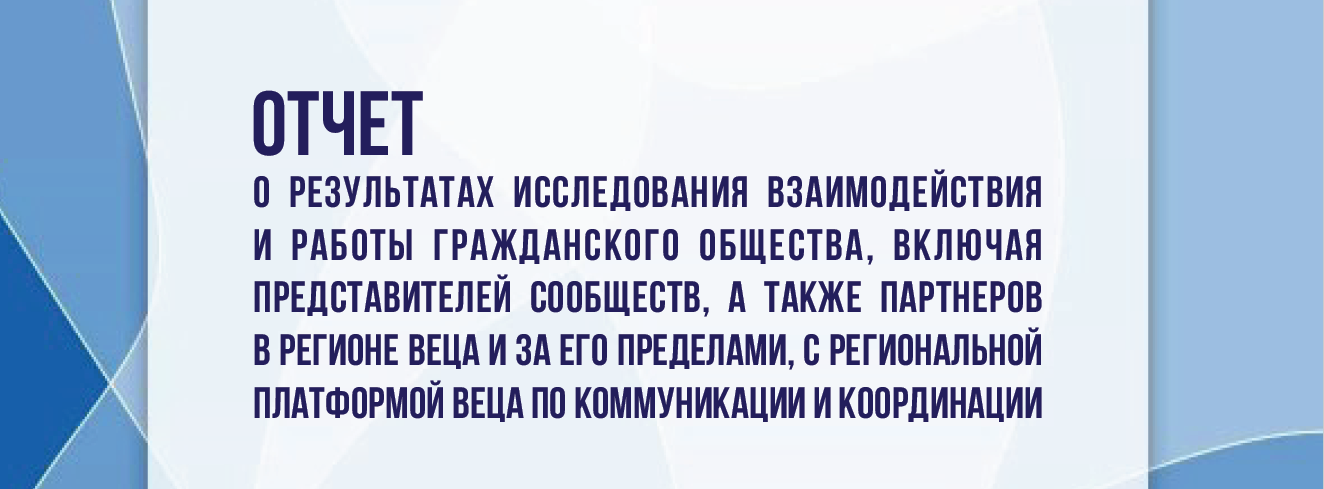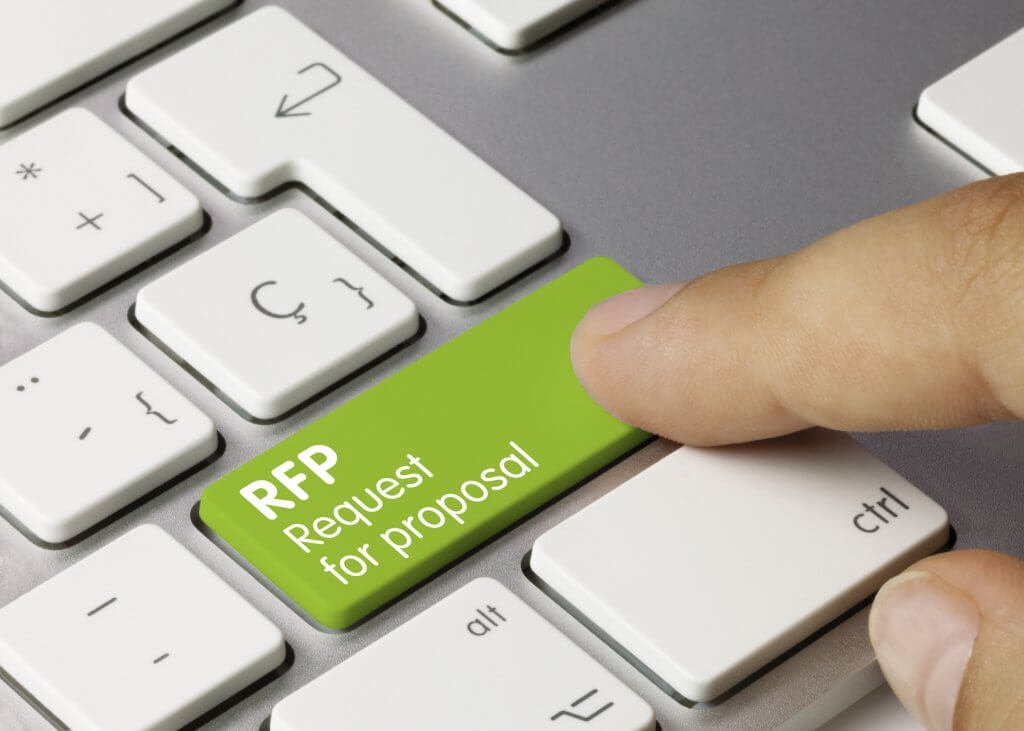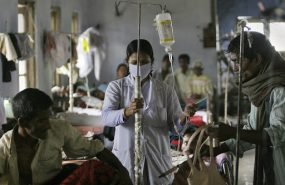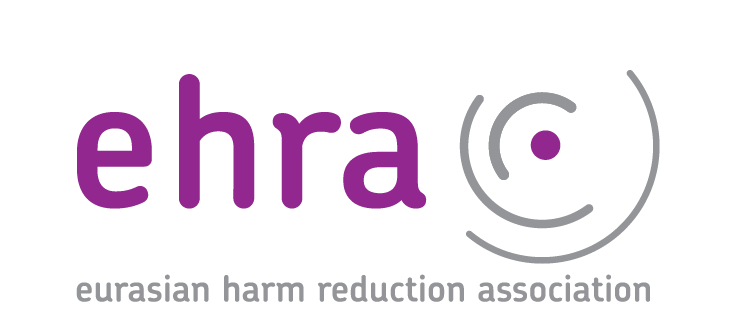OIG Advisory Review on Removing human rights-related barriers: Operationalizing the human rights aspects of Global Fund Strategic Objective 3
- 05.12.2019 14:47
- Post Views: 923
In November 2019, the Office of the Inspector General (OIG) published an Advisory Review on Removing human rights-related barriers: Operationalizing the human rights aspects of Global Fund Strategic Objective 3 (available in English and French). Here are some of the key points:
- It is estimated that US$123 million of Global Fund funding has been invested to remove human rights-related barriers in the current 2017-2019 allocation cycle. This represents an over 4-fold increase for middle-income countries, and an over 7-fold increase for countries eligible for human rights matching funds, compared to the last cycle. I highly recommend looking at slide 12, which has details on the amounts invested in the human rights module, by country and by disease component.
- There is a need to strengthen the collective and coherent understanding of what it means specifically to “remove human rights-related barriers”, in comparison to promoting “health as a human right” more broadly. Similarly, there can be a confusion around what constitutes “human rights activities” and what constitutes “key population activities” (the TRP found this to be a point of confusion in the matching funds request in 2017-2019).
- 40% of the OIG sampled countries did not fully identify human rights barriers in the funding requests, resulting in grants not including any programs to address them. For example, in four cases, funding requests identified key populations but did not specify any, or only very few, human rights-related barriers for these key populations.
- A Human Rights Strategic Initiative of US$1.74 million (from unallocated matching funds) has been established to support the “Breaking down barriers” initiative, with technical assistance and support for multi-stakeholder meetings and mid-term assessments. Support to the 20 countries has been divided into “proactive” and “reactive” support. 12 countries will receive “proactive” support.
- The review raises concern that the 20 focus countries in the Global Fund’s “Breaking Down Barriers” Initiative excludes some mission-critical portfolios. Later on, it specifically highlights India, Nigeria and Ethiopia as countries with worryingly low investments in human rights programs, especially given their high disease burden and prevalence of human rights-related barriers such as stigma and discrimination.
Related News
Global Fund Strategy Development – Open Consultation Questions
COVID-19 is radically altering global health, politics and economics, and the impact upon programs fighting HIV, TB and malaria will likely be tremendous. The new pandemic could completely derail our vast efforts of the past 20 years. At the same time, it has galvanized public awareness on global health security in a way that builds […] Read moreGlobal Fund Technical Brief Tuberculosis, Gender and Human Rights
The purpose of this technical brief is: to assist Global Fund applicants to consider how to include programs to remove human rights and gender-related barriers to tuberculosis prevention, diagnosis and treatment services within funding requests, and to help all stakeholders ensure that TB programs promote and protect human rights and gender equality. Post Views: 811 Read moreGlobal Fund Technical brief on HIV and key populations Programming at scale with sex workers, men who have sex with men, transgender people, people who inject drugs, and people in prison and other closed settings
The purpose of this technical brief is to provide information for countries preparing funding requests for comprehensive programs that address the cascade of HIV prevention, diagnosis, treatment, and care for the following key populations: male, female, and transgender sex workers, gay men and other men who have sex with men, transgender people (especially transgender women), […] Read moreServices for migrants and refugees from Ukraine – HIV/TB care with a focus on key populations
Due to the increasing flows of refugees from Ukraine because of Russia’s invasion of Ukraine, the EECA Regional Platform created a spreadsheet to fill contacts details of face-to-face and online services for refugees and migrants (with a focus on HIV/TB care and key population groups).
Regional Platform – EECA
This web-resource is a part of new regional communication and coordination project “Regional Civil Society and Community Support, Coordination and Communication Platform - EECA”, implemented by Eurasian Harm Reduction Association (EHRA).
Tags
See also
-
Grant Cycle 7 Reprioritization: How can communities prepare? 02.07.2025 12:03
-
Webinar: Using Global Fund's Data for Advocacy 12.06.2025 12:00
-
GC7 Grant Reprioritization: Updated Timelines 10.06.2025 14:37







